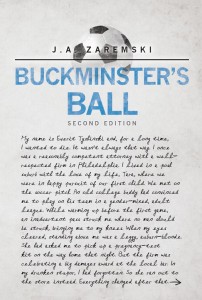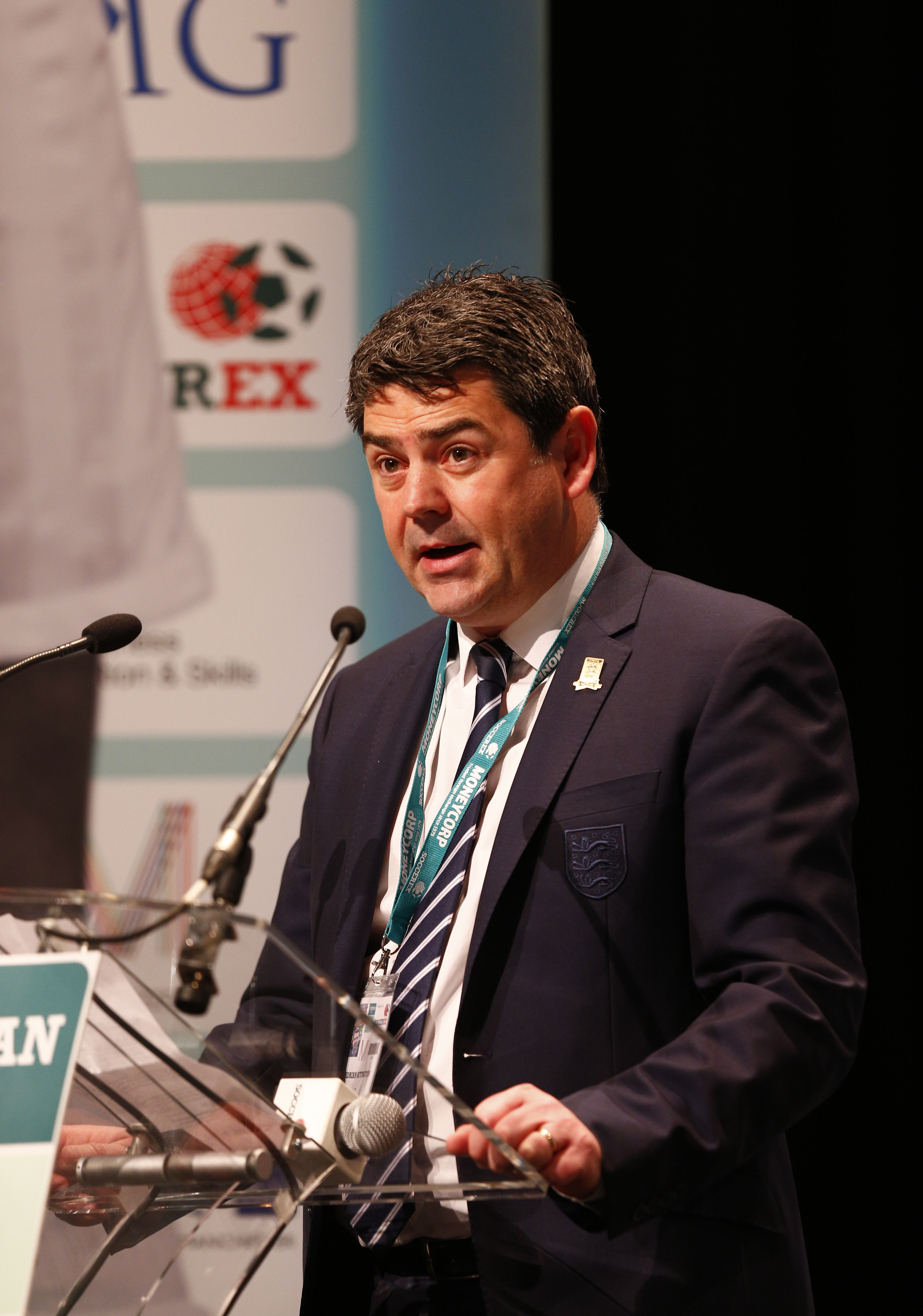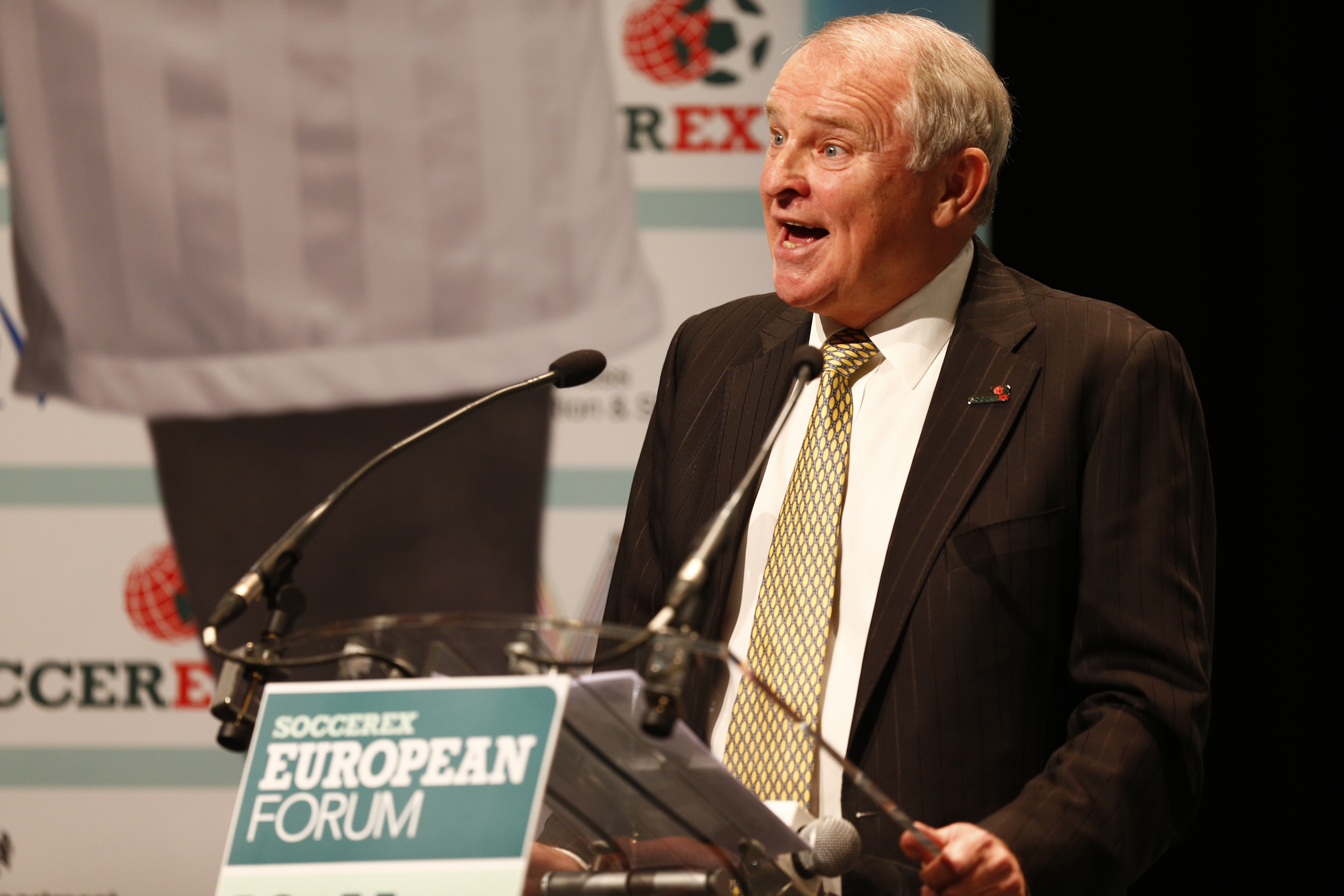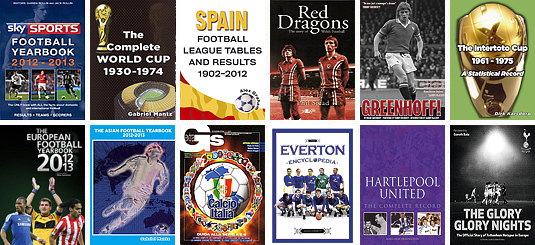Book Review: Buckminster’s Ball (Second Edition) by J. A. Zaremski
 The cover is an oft neglected feature of a book, but in the case of Buckminster’s Ball it presents the reader to more than the standard synopsis which usually feature on the reverse of books.
The cover is an oft neglected feature of a book, but in the case of Buckminster’s Ball it presents the reader to more than the standard synopsis which usually feature on the reverse of books.
J. A. Zaremski uses both the front and back to introduce the central character Everit Tyshinski and a brief outline of the events that lead to him taking up a position as a soccer coach at a high school in North Philadelphia.
The front cover is also adorned with a black and white football, which for people of a certain age will always bring back memories of the 1970 World Cup Finals in Mexico. This was the first time this iconic sphere, which combined hexagons and pentagons to create a more rounded ball, was used on the world stage. The idea came from Richard Buckminster Fuller an architect, systems theorist, author, designer and inventor. And so the image of the ball design he inspired, provides the reader will a visual link to the book’s title. The ball also has a symbolic meaning in that one of that type is the only one that Tyshinski finds when he come to take his first coaching session at Thomas Paine High.
On the back cover there is also an image of a soccer goal on a pitch which looks unloved and unattended, symptomatic of the facilities of the high school Tyshinski finds himself having to use.
Once inside the book, over 305 pages, there is a prologue, nineteen chapters, an epilogue and a glossary of soccer terms (useful for those unfamiliar with the game).
Whilst the reader has been introduced to the central character and some of the key events on the cover of the book, the events leading to Tyshinski’s arrival at Thomas Paine High are detailed in more depth in the opening three chapters. These were on initial reading more challenging than the remainder of the book. This is due to J. A. Zaremski conveying the turmoil surrounding the central character’s life, with a shifting landscape of scenes and the wordy language of the attorney – Tyshinski’s previous employ.
As the book develops Tyshinski changes and it is reflected in the later chapters which are easier for the reader to navigate. However, if there is a criticism, it is that the often used device of reflecting on a character’s past or previous events can sometimes distract from the flow of the book.
However, overall Buckminster’s Ball is a good read. At the heart of it is a story of redemption, of hope and the power of soccer to unite and inspire; indeed a book that isn’t restricted to the soccer fraternity.
Note: This review is based on second edition of Buckminster’s Ball which was published in May 2015 following an editorial overview.




 Reading football biographies or autobiographies is fine as long as you don’t expect them to tell the whole truth about anyone. By their very nature, they have got to be selective. A biography is about a footballer so can never fully penetrate inside the subject’s thoughts. An autobiography is worse for the very reason that it can. In what kind of scrambled mess are
Reading football biographies or autobiographies is fine as long as you don’t expect them to tell the whole truth about anyone. By their very nature, they have got to be selective. A biography is about a footballer so can never fully penetrate inside the subject’s thoughts. An autobiography is worse for the very reason that it can. In what kind of scrambled mess are